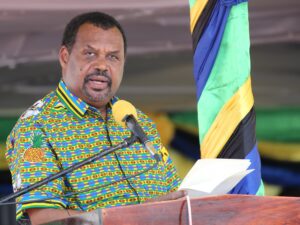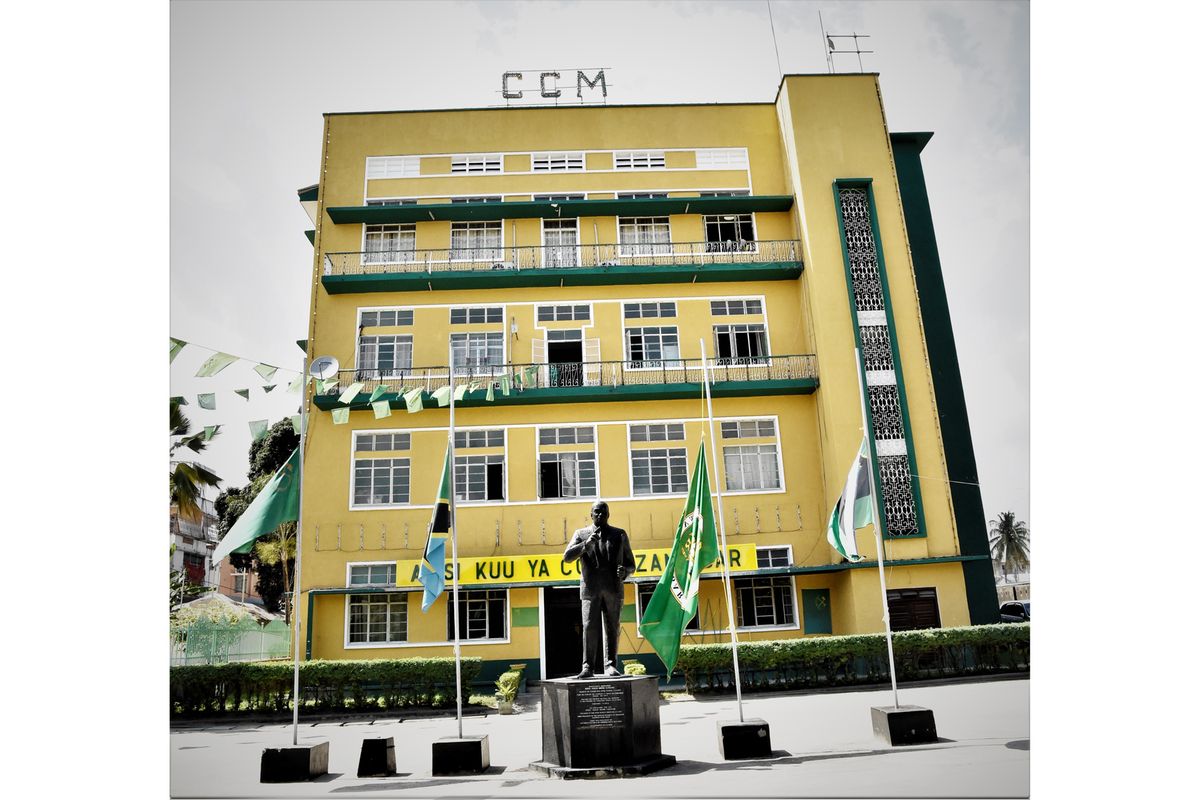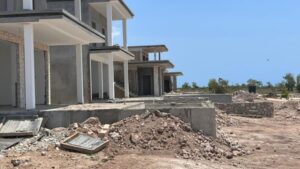Arusha — Helios Tower Tanzania and Camara Education Tanzania have donated computers through their “Connect the Unconnected” community programme to facilitate modern teaching methods to students, especially in rural areas.
The donations were made at Endevesi Secondary School in Oljoro Ward, Arusha Rural District with the aim of promoting educational development through Information and Communications Technologies (ICT) in the country’s education sector.
Inaugurating the computer laboratory at the school, the Chairperson of Arusha Rural District Council, Mr Ojungu Salekwa said that the computer lab will help in facilitating teaching methods for students at school.
“The goal of this computer lab is to simplify learning methods and techniques, saving time for both students and teachers, it also brings them closer to the world of technology in the entire learning system,” said Mr Salekwa.
Helios Tower Tanzania Chief Executive Officer (CEO) Gwakisa Stadi said that the aim of availing computer labs is to connect students from pastoralist communities.
“We connect these communities that mostly are in remote areas in Tanzania so that they can access various digital opportunities resulting from the advancements in global science and technology,” said Mr Stadi.
On his part, Director of Camara Education Tanzania, Dayani Mbowe asked other companies and institutions to continue investing in education, especially ICT to ensure the new generation is kept abreast with the scientific and technological changes that occur in the world.
ALSO READ: USA commends Tanzania for leveraging ICT to drive development
“We are here at Endevesi Secondary School with great joy today, ensuring that even schools in remote areas receive ICT services in education. We have provided 26 computers, a smart TV, and a projector,” said Mr Mbowe.
The Headteacher of the school, Godson Sukrueti, said that the project was beneficial to both teachers and students as it would solve the previous challenge of accessing books at the school.
Furthermore, one of the students, Mwanahamisi Rajab, expressed her gratitude to the donors for providing the equipment.
She said it will assist them in their studies.
Another student, Daud Lashine said that due to the shortage of books at the school, the equipment will help them access books online and improve their learning progress.
Source: allafrica.com














